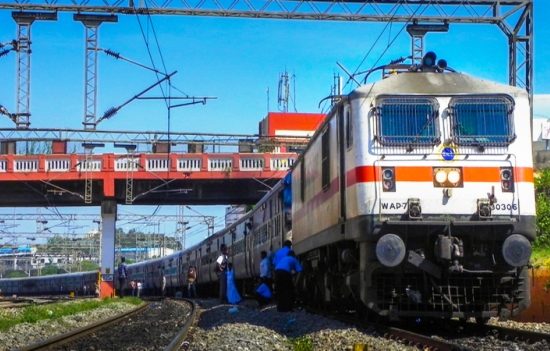Sreya Kanugula
Over 300 heritage trees, estimated at Rs. 220 crores (oxygen terms and other products), that were going to be chopped in West Bengal in order to make way for 5 railway constructions over bridges will be far more beneficial than the railway project, stated an expert committee to the Supreme Court.
A heritage tree is a big tree that usually takes a few decades to centuries to reach full maturity.
The bench led by Chief Justice of Indian S.A. Bobde was informed by an expert committee that civil society along with the environment was served immensely by just a single heritage tree and it’s valued by the numerous counts that it provides, which include, oxygen, compost, biofertilizers and micronutrients.
It was also said that if all of the costs were added as well as multiplied by the rest of the tree’s age, the current age being 100 years, the entire total would climb to Rs. 74, 500 per year for the tree.
“This means that 300 trees, if allowed to live for a period of 100 or more years, will produce products worth Rs 220 crore. This is the future value of 300 trees. If the entire stretch of 59.2-kilometre road is taken into consideration, which will become congested in a period of a decade or so, authorities will be forced to widen its width and on this count 4,056 trees will be required to be cut down.
“In that case, the cost of products over a period of 100 years will be Rs 3,021 crore. So to avoid this environmental catastrophe a solution out of routine framework is needed of the hour,” the report that the committee gave, stated.
The five recommended bridges to be built remain a part of the Centre financed “Setu Bharatam Mega Project” which aims to build over 208 rails over as well as under-bridges across at least 19 states in India with the sanctioned budget of Rs. 20, 800 crores.
The committee of 5 expert members told the Top Court that environmental impact assessment was usually desired before the implementation of a national project of this scale and this hadn’t been done so in the state of West Bengal.
It also stated that the project under consideration was being treated as an independently done project by the state authorities and this, in turn, was affecting everyone from Barasat to Bongaon, which tracked 59.2 km of distance.
“According to a circular issued by MoEF, if a road project has a length less than 100 km, in that case, there is no need to get EIA from any government agency. Such an argument, in the present case, is an attempt to circumvent the law of the land.
“We feel deriving such a conclusion is erroneous and needs rethinking on the part of the state of West Bengal. According to the committee members, EIA should be taken up before starting the project related work,” stated the panel.
The apex court noted all these submissions and then observed that it would take laying a protocol for projects such as this that involve damage to the environment into consideration.
It was made while hearing the plea that was reported to be related to the cutting over 350 heritage trees to build a railway over bridges (ROB) construction as well as making the National Highway-112 wider on the Indo-Bangladesh boundary.
The court posted the next hearing on this matter on 18th February.
The top court was the one responsible for the formation of the environment experts committee to help with the suggestion to an alternative to cutting over 350 trees down to build ROB and broadening the highway.
The committee was led by Wardha district’s Dr Soham Pandya from the Centre of Science for Village.
Mr. Prashant Bhushan, the legal counsel for the petitioner Association for Protection of Democratic Rights (APDR), earlier made the statement that alternatives hadn’t been explored and permission had been granted to cut the heritage 80 to 100-year-old trees.
He also stated that everyone was aware of global warming and cited a study that said that if vegetation wasn’t protected, in another 10 to 20 years, the human species will be facing grave danger.
The High Court of Calcutta had been the one to pave the way for the national highway widening and granted allowance for cutting the 350 heritage trees in order to increase the width of Jessore Road upon the condition that 5 trees must be planted in return for each tree that was felled.
The NH-112 or Jessore Road is an important link between India and Bangladesh and the state government had undertaken a project to widen it. Hundreds of old trees line both sides of the road, some of which were decided to be felled for the purpose of widening of the road.’
Jessore Road, or also known as the NH-112, remains an important channel located between India and Bangladesh. The state government of West Bengal had been the ones who took the responsibility of increasing the width of the road. Several hundred old trees lined either side of the road and some of them were decided to be cut to widen the road.
The High Court was moved by a PIL that challenged the State’s proposal to cut the trees. After several months of hearing the arguments made, the High Court gave the verdict of allowing the 356 heritage trees at 5 spots on either side of Jessore Road all the way from Barasat to the border of Petrapole to be cut down.

